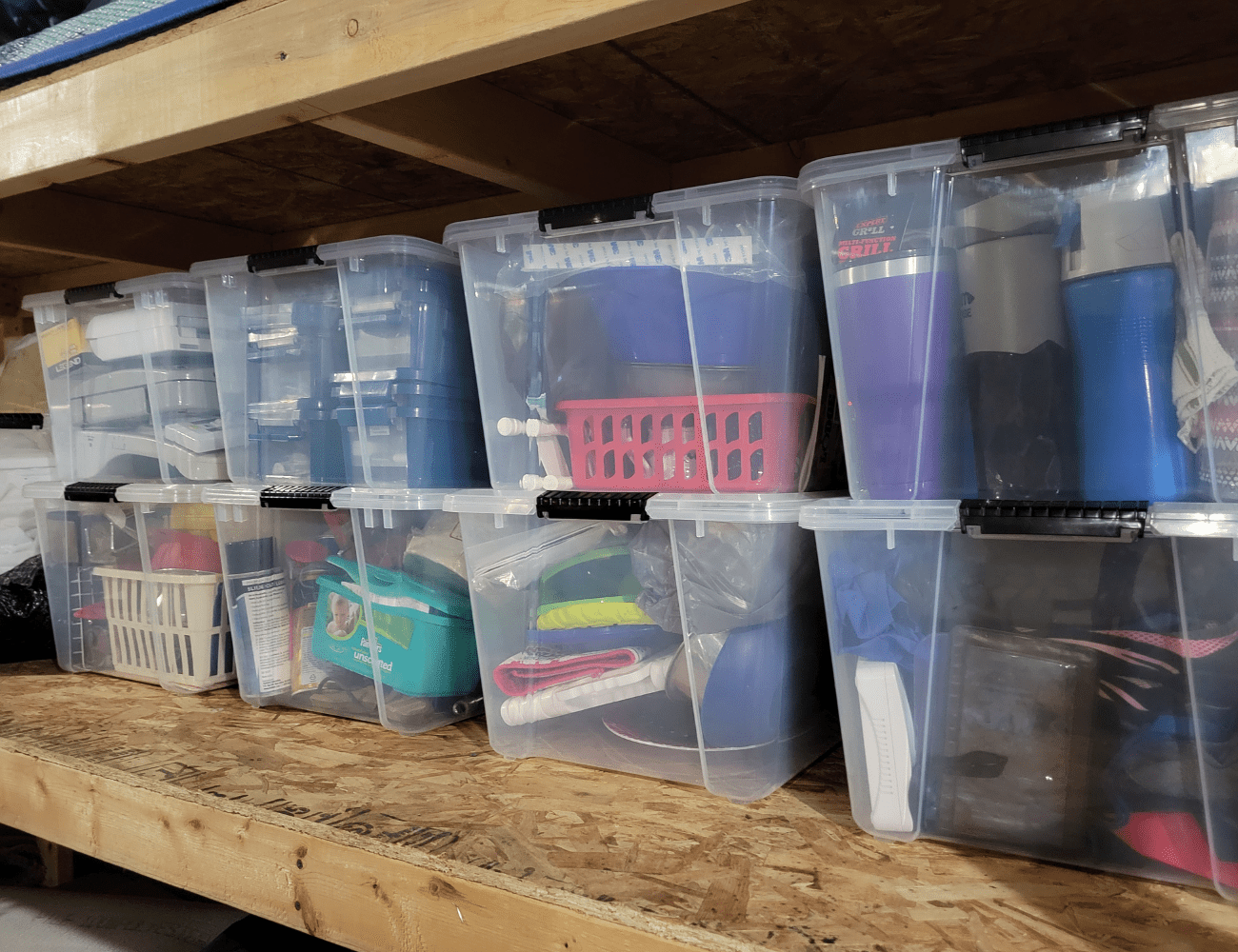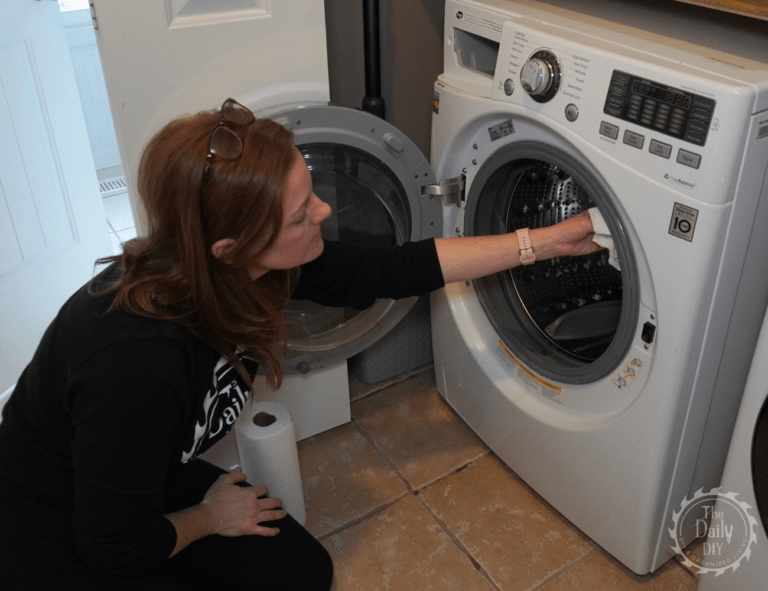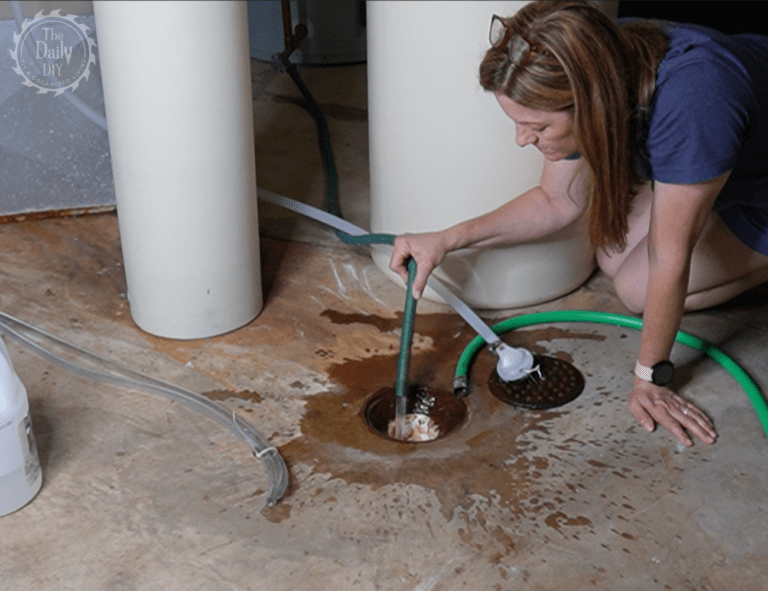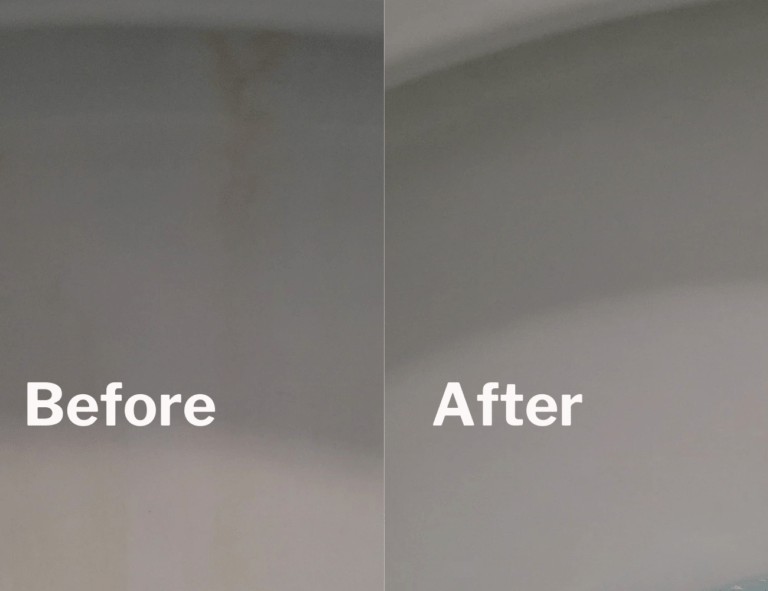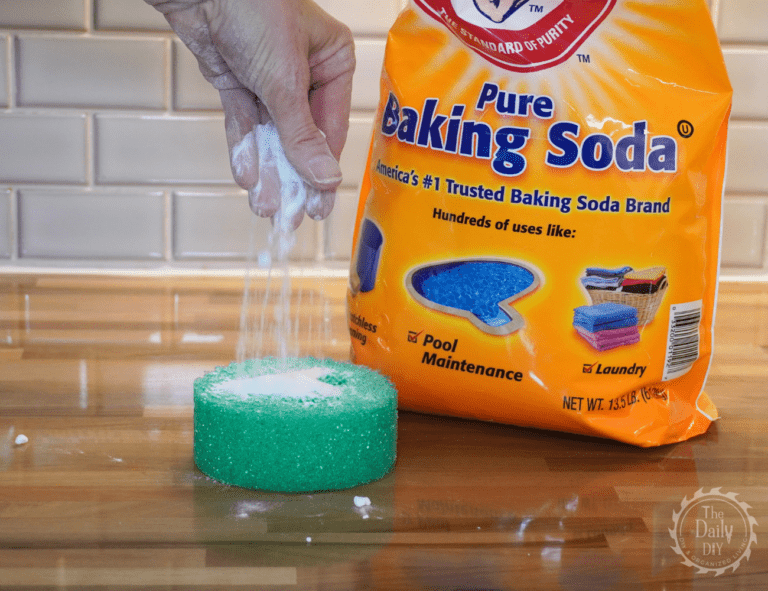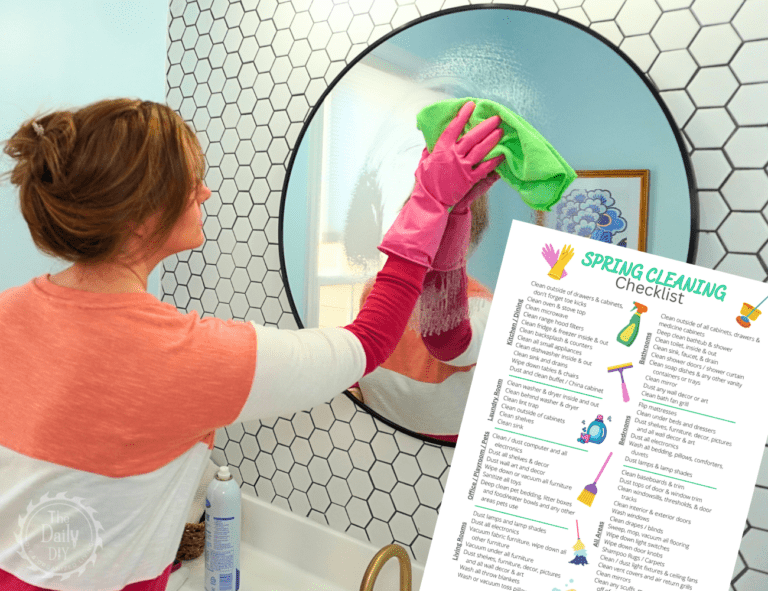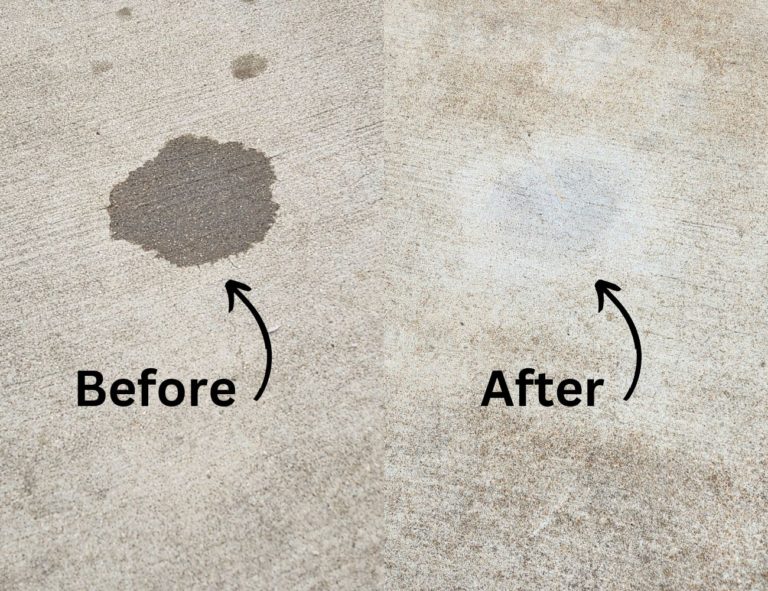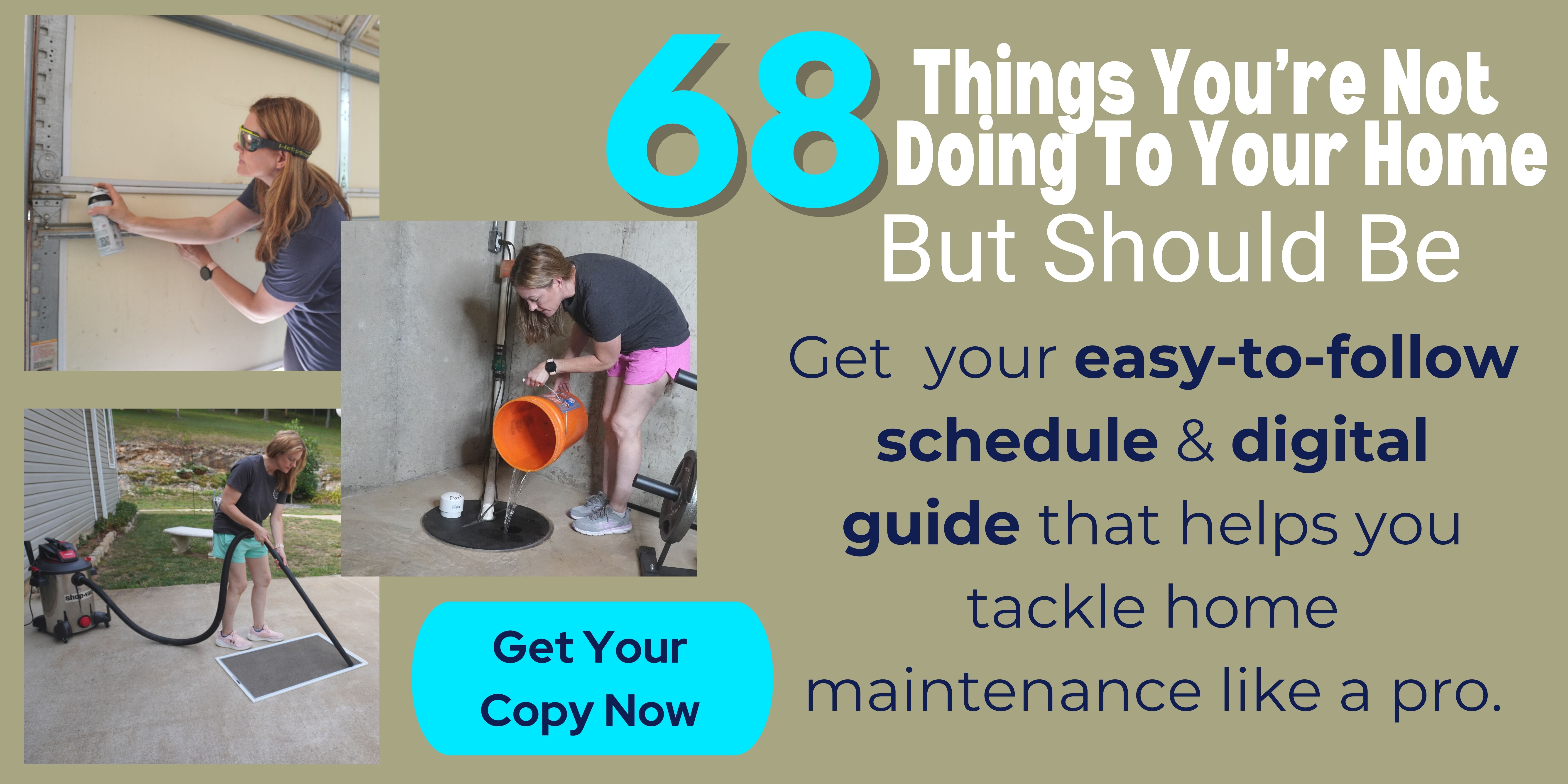Organizing Tips to Help You Organize Like a Pro
As a new year approaches, many of us set goals to improve our lives, and home organization often tops the list. If you’re ready to tackle your clutter and learn how to organize like a pro, these simple yet effective steps will set you on the right path. I teamed up with Christen Fackler, a professional organizer and owner of iOrganize, to break down the process into four phases: purging, sorting, organizing, and maintaining.

To Organize Like a Pro, Start with a Plan
Every successful project begins with a plan, and organizing your home is no exception. Write down the areas you want to tackle, breaking them into manageable chunks. If you’re organizing your entire house, work room by room. Smaller projects can be completed in a day, while a full-home organization might take a month. Having a clear roadmap will help you stay on track and feel more accomplished as you check each task off your list.
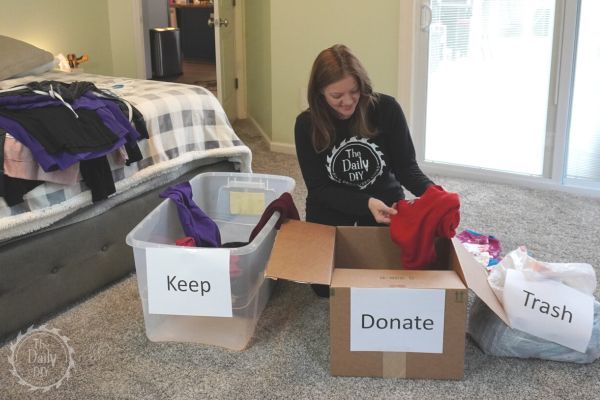
Phase 1: Purge
The first step to organize like a pro is to purge. Remove anything that doesn’t belong in the space. Decluttering can be challenging, but it’s an essential part of the process. Ask yourself key questions:
- Do I need this?
- Does it bring value to my life?
- Could someone else use it?
For items you’re unsure about, try the “time stamp” method. Write the current date on the item using a Sharpie or painter’s tape. If it’s still unused in a year, it might be time to let it go. For sentimental items like trophies or children’s artwork, consider consolidating them in a decorative bin or take photos to preserve the memories without the clutter.
Related Post: How To Declutter: 5 Tips To Make It Easy
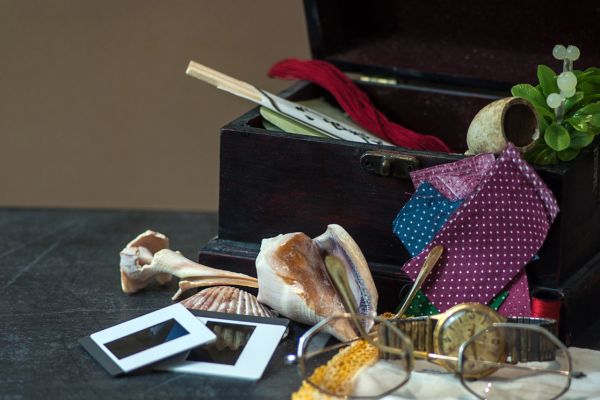
Phase 2: Sort
Once you’ve purged, sort the remaining items into categories. Group similar items by size, use, or type. For example, gather all your office supplies, sort clothes by season, or organize toys by type.
To streamline the process, use three bins:
- Trash – Items to throw away or recycle.
- Donate – Items someone else can use.
- Relocate – Items that belong in another room.
Deal with these bins once the room is complete. Take trash and recycling out immediately, place donations in your car for your next trip, and relocate items at the end of your session to avoid distractions.
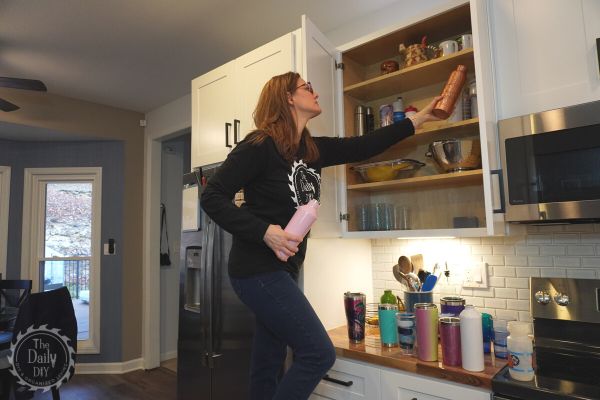
Phase 3: Organize
Now comes the fun part: creating systems that work for you! This phase is where you’ll decide where everything should live and how to store it. Think of your home as valuable real estate, and assign prime spaces to the items you use most. For instance, everyday water bottles should be within easy reach, while rarely used items can be stored higher up or farther back.
Here are a few professional organizing tips to maximize your space:
- Use storage solutions like bins, baskets, or hooks to keep items contained and accessible.
- Label everything to save time later. Options include label makers, tape, or handwritten tags.
- Prioritize function or design based on your preference. Whether you prefer items tucked away in decorative bins or out in the open for easy access, there’s no right or wrong approach.
Keep each area of your home functioning as intended. For example, if your kitchen table becomes a dumping ground for mail and toys, consider adding a mail organizer or toy box to free up the space for meals.
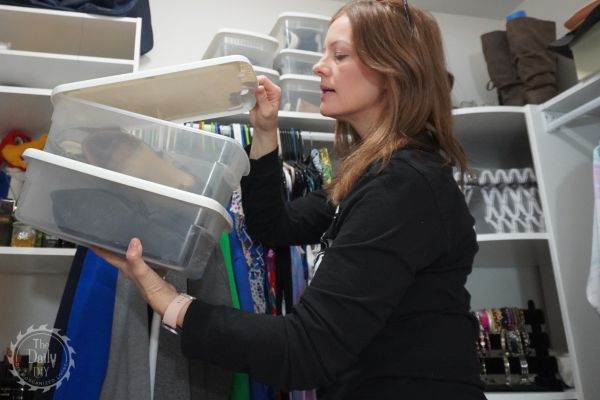
Phase 4: Maintain
The key to long-term organization is maintenance. Stay mindful of how your spaces become cluttered in the first place and set up systems to keep them in check.
- Pay attention to visual cues: Overflowing bins or cluttered surfaces signal it’s time to tidy up.
- Set rules: Dedicate time weekly or monthly to realign your system. Relocate items that have “lost their way” and adjust categories as needed.
- Be kind to yourself: Life happens, and spaces may get messy again. Don’t stress—just start fresh when you’re ready.

Recognize the Journey
Getting organized isn’t about perfection. It’s about creating a home that works for you. Messiness doesn’t mean you’re unorganized, and it’s okay if you’re not perfectly tidy all the time. Remember, organizing is a journey, not a destination. By following these organizing tips, you’ll be well on your way to maintaining a functional, beautiful home.
With these steps, you’ll be equipped to tackle any space and organize like a pro. Ready to get started? Grab a bin, make your plan, and take it one phase at a time!
About Christen Fackler
Christen has been professionally offering home organizing services for 12 years. She brings enthusiasm and motivation to any project.
As a teenager when babysitting or housesitting for friends and family her organizing and attention to detail was evident. It wasn’t until after working various jobs in customer service, retail, warehouses, nanny for quadruplets and a special needs sports instructor that Christen officially branded her business iOrganize in 2009. You can catch daily tips on her TikTok and YouTube channels.

